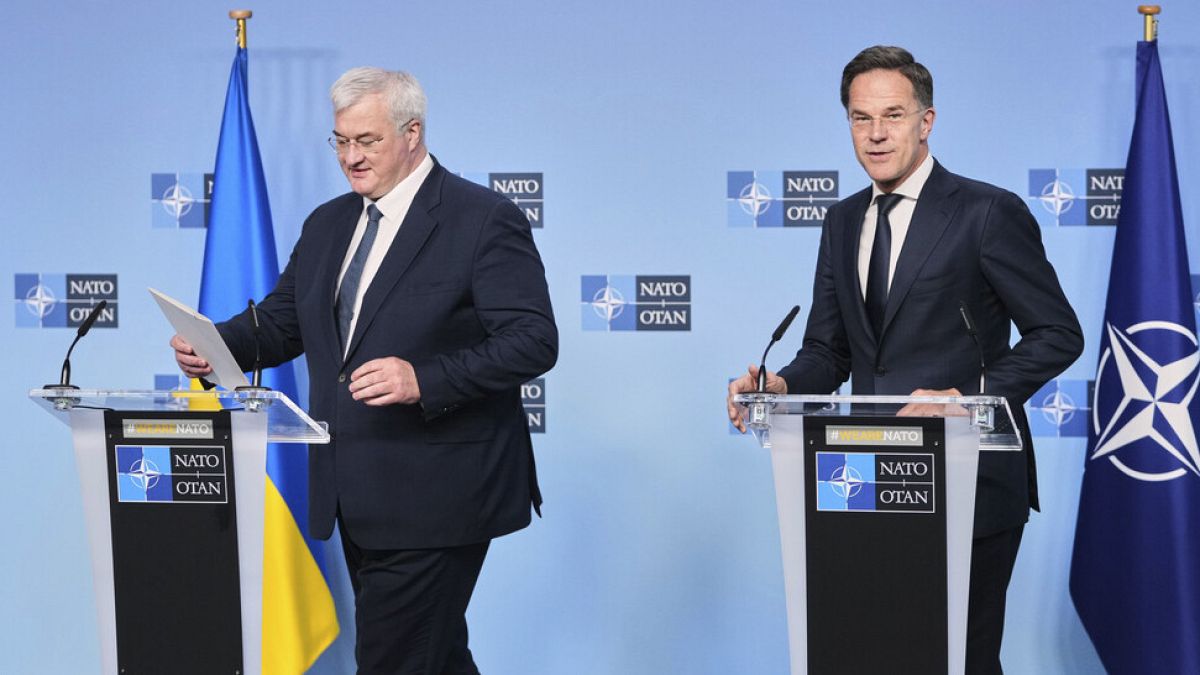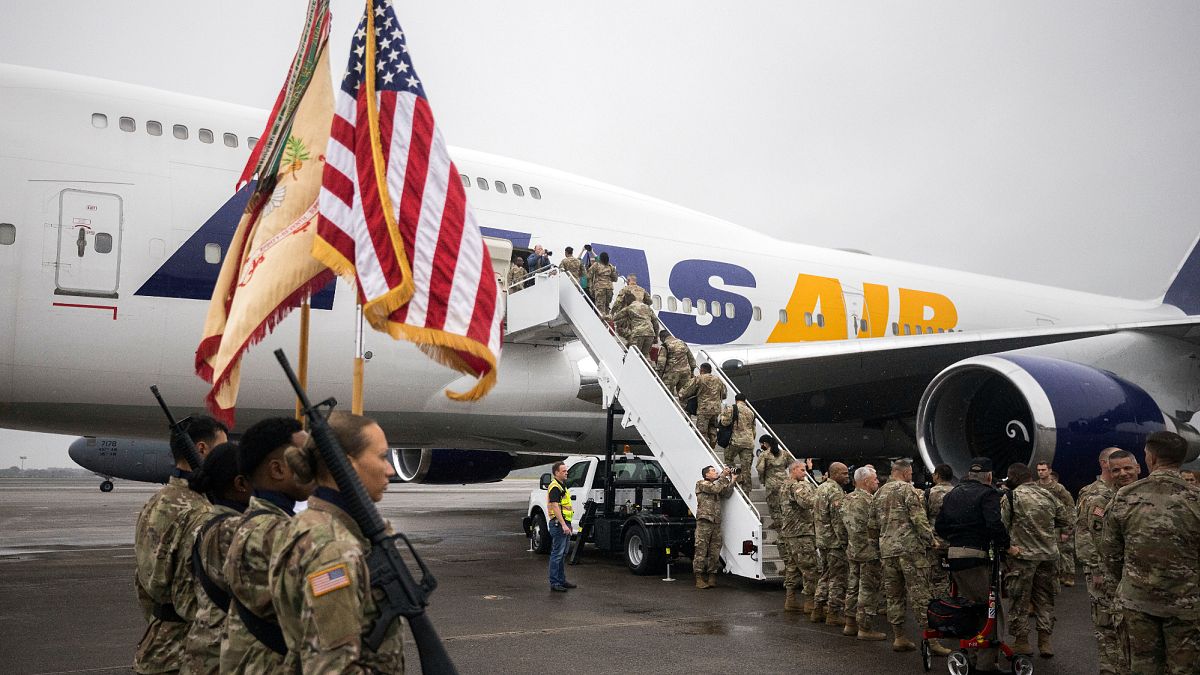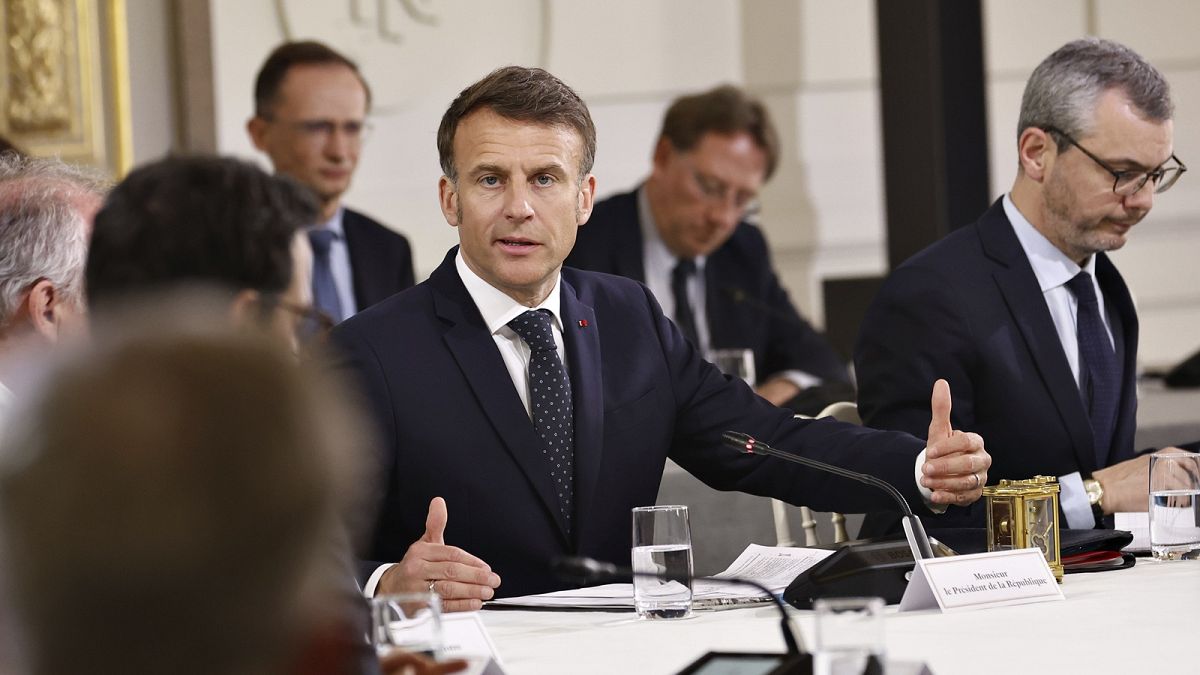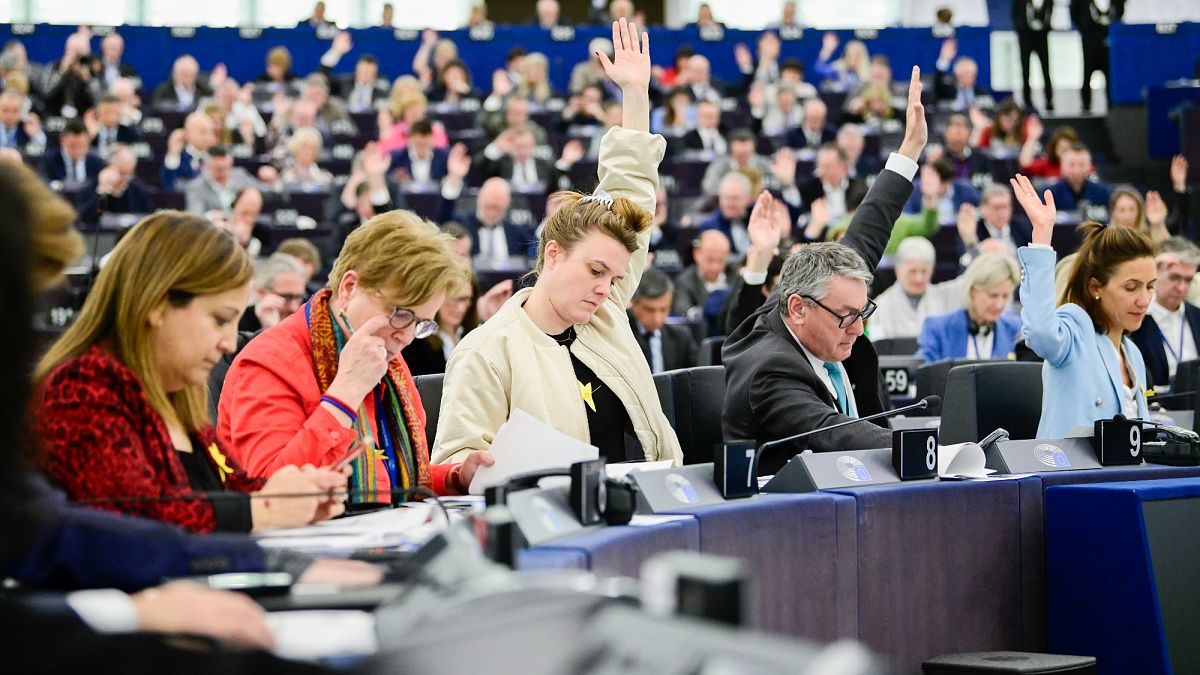Ukraine is firing foreign-made missiles directly into Russian territory for the first time. We take a look at what these weapons can do
Ukraine has reportedly begun using American and UK-made missiles directly on targets on Russian soil for the first time.
On Thursday, the Russian Defence Ministry confirmed on Telegram that they had shot down some of the first foreign-made long-range missiles fired directly into their territory: two UK-made Storm Shadow cruise missiles and six US-made Army Tactical Missile Systems (ATACMS) launched by a High Mobility Artillery Rocket System (HIMARS).
Earlier this week,media reports claimed Ukraine fired US-supplied MGM-140 Army Tactical Missile System (ATACMS) at a military facility in the Russian city of Bryansk, 379 km southwest of Moscow.
Until these attacks, the Storm Shadow and the ground-launched ATACMS were only used by Ukraine to carry out pinpoint strikes on military installations and strategic infrastructure inside Russian-occupied territories, but not directly on Russian soil, according to the Associated Press (AP).
The decision by Ukraine to fire foreign-made long-range missiles for the first time, as the country marks 1,000 days of war, comes after reports came out that US president Joe Biden green-lit their launch directly into Russian territory over the weekend.
We took a closer look at these longer-range missiles and what they could mean for the outcome of the ongoing war.
What can these weapons do?
The Storm Shadow, known as Scalp to the French, is an Anglo-French long-range missile that weighs 1300 kilograms and has a maximum range of 250 km.
Weapons manufacturer MBDA describes the missile as offering a high-precision strike day or night because its navigation system combines GPS, onboard guidance systems, and terrain mapping to find its target.
Storm Shadow descends after launch to what MBDA says is “terrain-hugging altitude,” making it tough to detect.
Once it approaches the target, an infrared device on board matches an image of the intended target with stored pictures registered in its onboard computer to ensure a precise hit, MBDA said.
According to the manufacturer MBDA, the missile's warhead has a first charge that allows it to penetrate a bunker or clear soil. The missile then lets out a delay fuze to control the detonation of the main warhead.
Storm Shadow missiles have been used as far back as 2003 by the French and Italian Air Forces in conflicts like the Gulf War, Iraq, and Libya.
According to the AP, the ATAMC missiles cleared for use by the Biden administration are just under 4 metres long and have a GPS guidance system in the warhead. These missiles have cluster munitions that, when fired, release hundreds of bomblets instead of one single warhead.
A US official told the AP that the ones delivered to Ukraine have a maximum range of 160 km, while the ones manufactured by Lockheed Martin can have up to 300 km.
The ATACMS system can strike targets "well beyond" the range of other military cannons, rockets, or missiles, according to Lockheed Martin.
The missiles are launched from the HIMARS launch system, which can carry a six-pack of missiles.
It’s unclear whether Ukraine will be limited to how frequently it can use the ATACMS missile system.
Why was the US reluctant for Ukraine to use these weapons in Russia?
Ukraine’s been lobbying its allies to let them use advanced weapons on Russian territory since the initial escalation in 2022. The goal has been to erode Moscow’s capabilities before troops reach the frontline.
Ukrainian president Volodymyr Zelenskyy has had varying degrees of success with this lobbying, with the UK permitting Kyiv to launch missiles into Russian territory earlier this year.
Ben Wallace, the UK’s then defence minister, said at the time that the delivery was a calibrated and proportionate response to Russia’s escalation of the war in Ukraine.
French president Emmanuel Macron said in May he was also open to Ukraine using its long-range missiles on Russian soil.
But still, the Biden administration delayed granting their permission because it has been wary of supporting an escalation that could draw the US and NATO into direct conflict with Russia.
Jennifer Kavanagh, director of military analysis at Defense Priorities, said the US decision would not alter the course of the war.
"To impose costs on Russia, Ukraine would need large stockpiles of ATACMS, which it doesn’t have and won’t receive because the United States’ supplies are limited," she told the AP.
"Moreover, the biggest obstacle Ukraine faces is a lack of trained and ready personnel, a challenge that neither the United States nor its European allies can solve and that all the weapons in the world won’t overcome," she added.
The latest Biden administration decision is only the second time that the US is allowing its weapons to be used in Russian territory.
In May, Biden allowed Kyiv to use US-provided weaponry for limited strikes just across the border in the Kharkiv region in May, when Russia’s offensive threatened to stretch Ukrainian forces thin.

 4 months ago
43
4 months ago
43






 We deliver critical software at unparalleled value and speed to help your business thrive
We deliver critical software at unparalleled value and speed to help your business thrive






 English (US) ·
English (US) ·